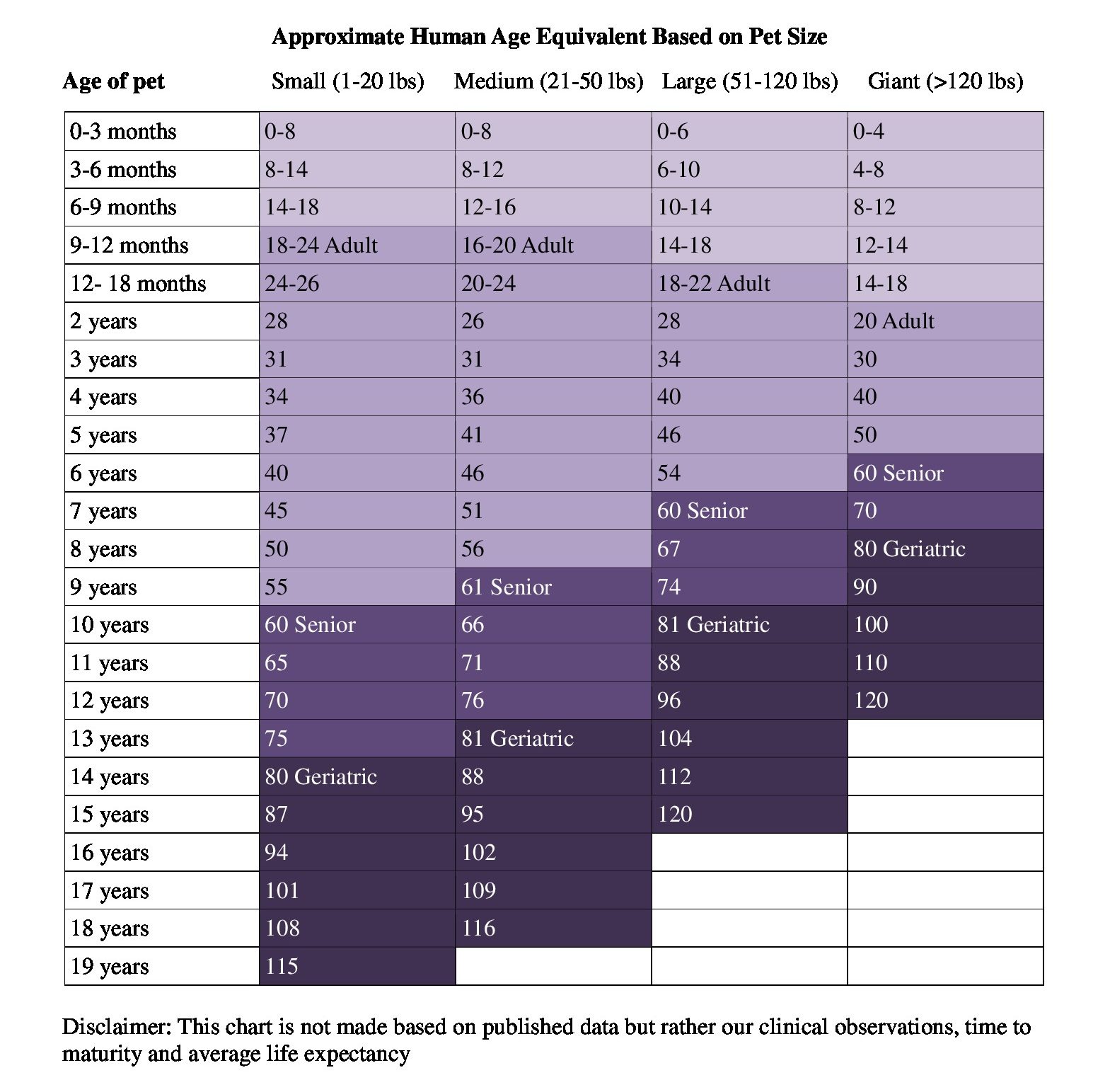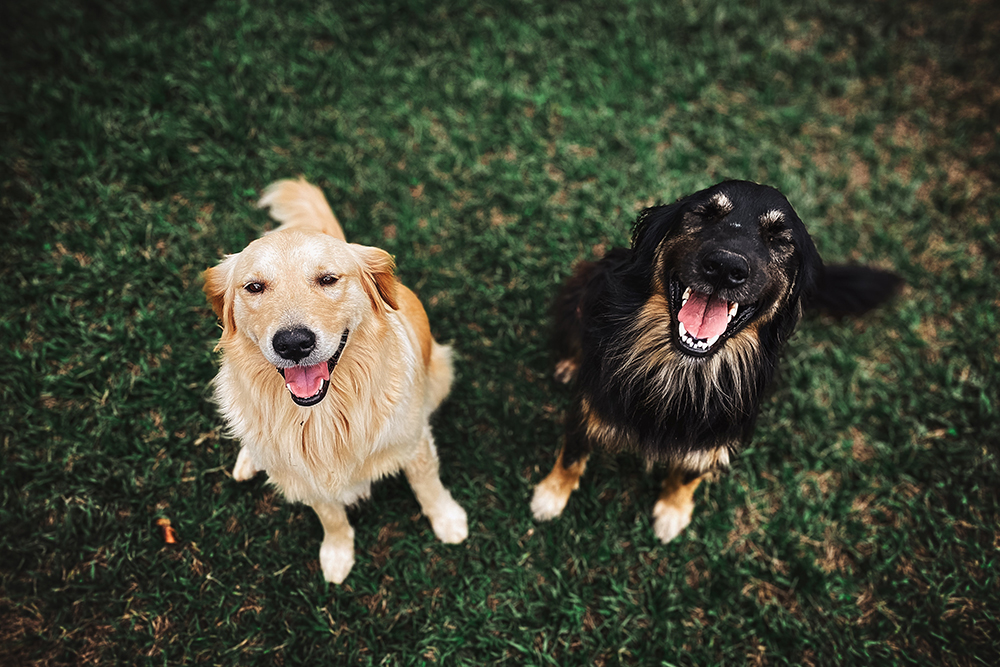
See the handy list below to find out what size classification your dog belongs to (based on ideal body weight):
Small or toy dog breeds – 1 to 25 pounds
Medium dog breeds – 25 to 50 pounds
Large dog breeds – 50 to 100 pounds
Giant dog breeds – >100 pounds
Small and toy dog breeds: Small dogs usually have high energy but many are kept as primarily indoor pets. Because they’re largely indoor pets, they are prone to skin irritation and weight gain. Be careful to ensure that they get regular exercise and regular grooming. Examples of dogs in the small category include Dachshund, Shih Tzu, Bichon Frise, Pekingese, and Pomeranian. Toy dogs are small dogs that weigh less than 10 pounds and are less than 18 inches in height at full maturity. Examples of toy dogs include Chihuahuas, English Toy Spaniels, Affenpinschers, and Brussels Griffons.
Medium dog breeds: Medium size dogs are the most popular type of dogs because there are so many breeds that fall into this category, including Bulldogs, Border Collies, Bull Terriers, Welsh Corgis, Siberian Huskies, Chow Chows, Dalmatians, and Pitbulls to name a few. There are so many types that they can be laid-back or energetic, guard dogs, or personal companions. The one thing they have in common is their weight category. Medium dogs are popular because they aren’t prone to injury like small dogs and large dogs are. They are also highly intelligent dogs and make good companions. Medium-sized dogs should not be left outdoors unattended because they tend to be “diggers.” Medium-sized dogs need regular exercise to maintain a healthy weight, and also because their energy can turn into restlessness inside the house if they don’t receive enough physical stimulation.
Large dog breeds: Common large breeds include Labradors, Golden Retrievers, Greyhounds, Rottweilers, Afghan hounds, and Doberman Pinschers. Large dogs usually have a slower metabolism, high exercise requirements, and are best suited to homes with plenty of space, such as a large outdoor yard. Their diets should take into account the need for bone and joint health.
Giant dog breeds: Common examples of giant dogs are Great Danes, Irish Wolfhounds, Bullmastiffs, Newfoundlands, and Scottish Deerhounds. These breeds usually grow rapidly during the first 6 months of their life, during which time they require a diet that is high in energy and nutrients, and also one that is easy to digest. They usually attain adult-size in about 18 to 24 months, by which time special attention should be given to their body condition (weight to frame ratio) to maintain bone and joint health.
Please see the links below for other considerations when picking a dog and from breed-specific characteristics.
Choosing the right dog https://www.pethealthnetwork.com/dog-health/new-dog-checklists/choosing-right-dog
Dog Breed Questionnaire http://www.animalplanet.com/breed-selector/dog-breeds/questionnaire/page1.html
Compare Breeds https://www.akc.org/compare-breeds/

